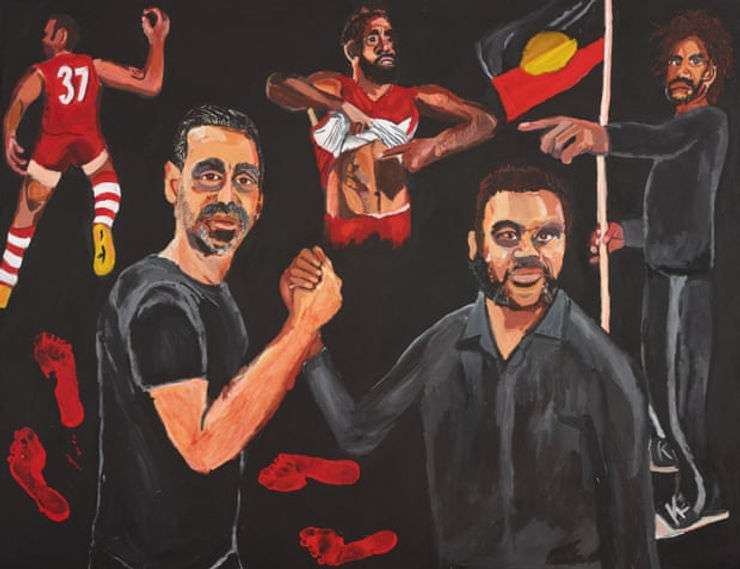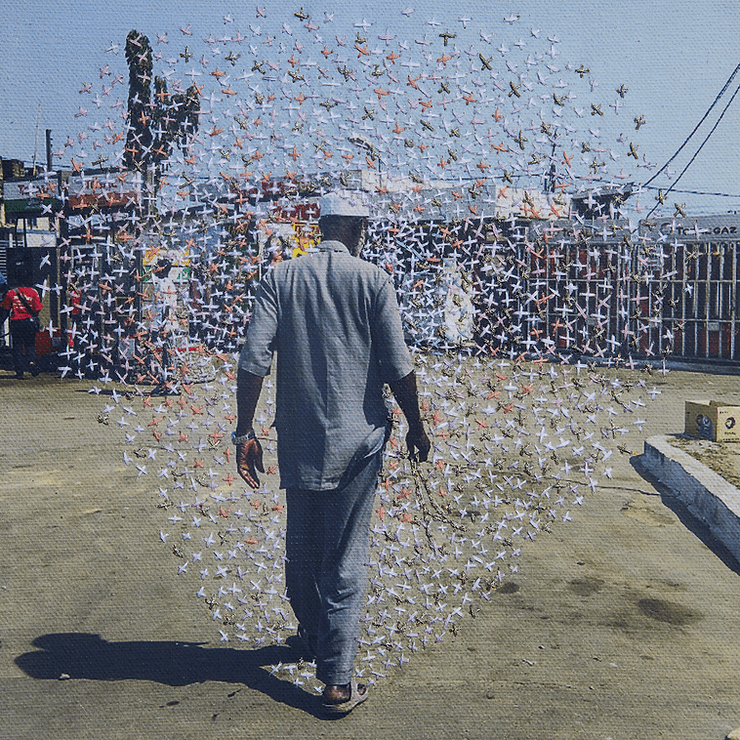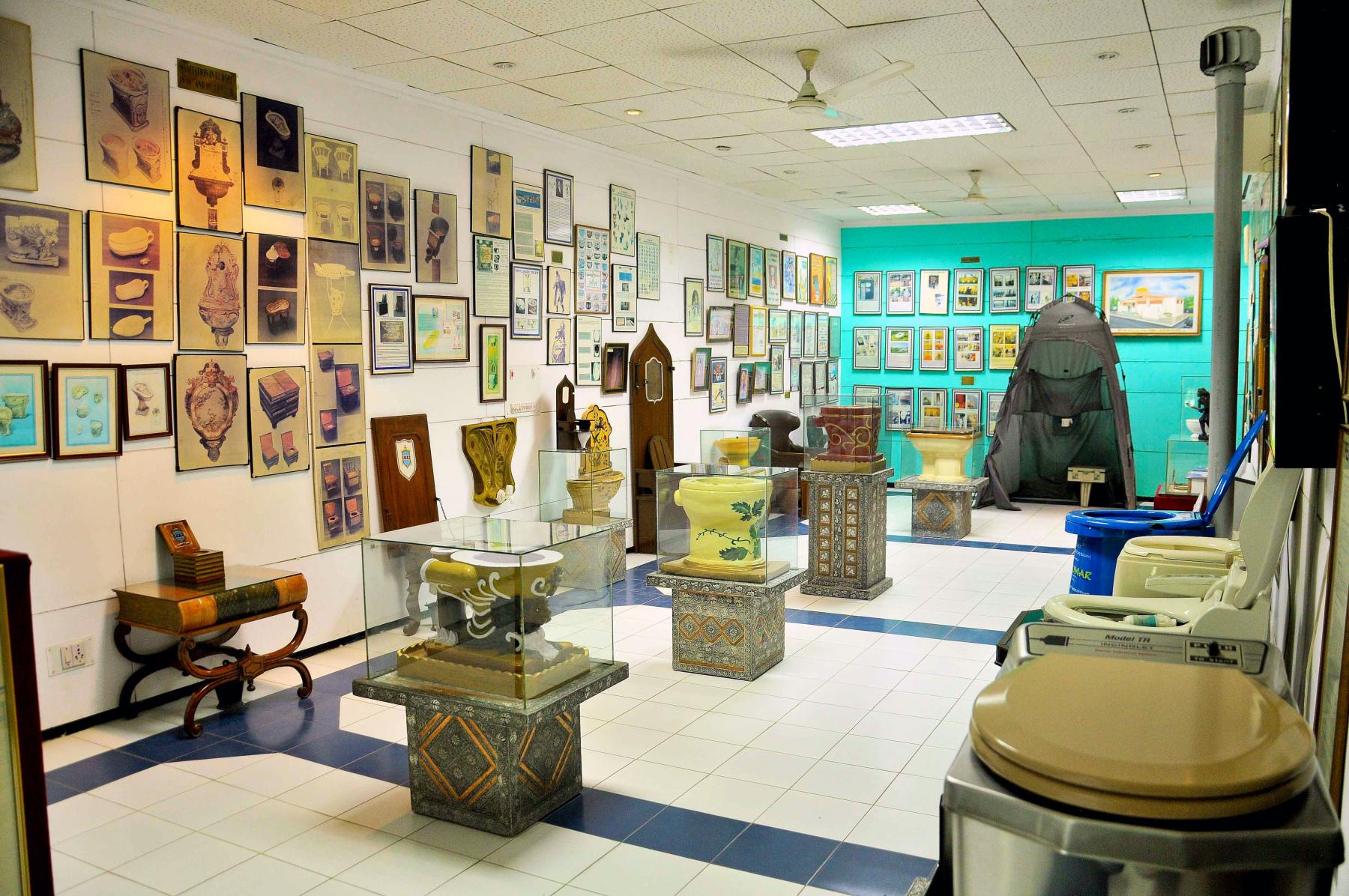After the history of recognition was decorated by royal patronage, apprenticeship and art competitions in the Summer Olympics, time lapsed to several awards that carried an immense responsibility of placing artists on their wall of fame.

Awards in the arts in the present day, although with new structures, take their inspiration from artistic rituals belonging to the past – those of providing opportunities of exchange and education like no other.
While we ponder about accolades and the impact they create in the area, let us take a quick chronological stroll through some of the most important awards and their method of amplifying artistic excellence over the centuries!
1880 – 1900
- Recognising positions in Painting, Sculpture and Architecture, the Prix Godecharle is an art contest in Belgium promoting emerging artists in the European community by granting them a scholarship from the Godecharle Foundation. The first contest was held in 1881, and the division of the accomplishment was only introduced in 1884.
1900 – 2000
- As a location of artistic precursors, the Rome Prize is another accolade from Italy awarding thirty winners a fellowship at the American Academy in Rome since 1921.

- The Art Gallery of New South Wales’ The Archibald Prize, the first major prize for portraiture in Australian Art since 1921, was not far from having its very own parody. In 1994, the “Bald Archy Prize” was founded by Peter Batey as an art competition and exhibition held at the Museum of the Riverina, Wagga Wagga.
While the former is an important honour for portraiture, the Bald Archy Prize awards artists creating cartoons or humorous works making fun of Australian celebrities. If you thought that was all, it is judged by Maude, a cockatoo!
- One of the oldest art awards established in 1929 is the Asahi Prize for Arts by the Japanese newspaper “Asahi Shimbun” and Asahi Shimbun Foundation to mark the accomplishment of individuals in the arts and academics. Manga artist Moto Hagio was the latest recipient of the prize in 2016.

- The Venice Biennale’s Golden and Silver Lions have been earned by artists such as Nam June Paik, Marina Abramović, Gerhard Richter, and Jenny Holzer. Introduced in 1949, the Golden Lion is an award to honour the best national participation at the Venice Biennale, while the Silver Lion honours the most promising artist at the Biennale.
- Amidst several regional awards directed towards the visual and performing arts, India recognises its highest accolade for the arts in the Government of India-sponsored Padma Vibhushan, later classified into the Padma Vibhushan, the Padma Bhushan and the Padma Shri, since 1954.

Another prestigious award is that of the Lalit Kala Akademi Ratna, which was first awarded to artist Jamini Roy. It is now referred to as the Lalit Kala Akademi Fellowship, granted to visual artists.
- The Leonardo da Vinci International Award is a reflection of his polymath self, with equal recognition for the arts, science, technology and literature. It is situated across the founding Rotary Club of Florence in collaboration with several other European Rotary Clubs joining the initiative since 1975. The focus of the winners captures diversity within the fields, including specific roles such as those of art history, restoration, enology and silver design.
- Photographer Cindy Sherman was a recipient of the MacArthur Fellowship in 1995, which is also referred to as the “Genius Grant”. Instituted by The MacArthur Foundation, it gives prominence to the artists’ dedication and originality to creative pursuits since 1981.
- The Inamori Foundation in Japan introduced the annual Kyoto Prize in Arts and Philosophy in 1984, as a category for global achievement in the arts and philosophy. US based artist Joan Jonas was the latest artist to receive the prize for pioneering “New Artistic Expression by Integrating Performance Art and New Media and Remaining at the Forefront of Contemporary Art for 50 Years”.
- 1986’s Turner Prize, named after English painter J. M. W. Turner, was only open to artists under the age of 50 – a restriction removed in 2017. Organised by the Tate Gallery and conducted at Tate Britain, it is the most publicised art award in the United Kingdom, promoting all media. An important recipient of the prize was artist Yoko Ono in 2006.

Its spoof was the “Turnip Prize”, initiated as a joke in 1999, until it became a subject of attention to many, rewarding deliberately bad modern art, including bad puns and a lack of effort.
- It is for innovation and influence in contemporary art that the Hugo Boss Prize holds supreme significance as it celebrates artists with no restrictions on age, gender, nationality, or medium. Established in 1996, it is one of the most prestigious honours from the Guggenheim Museum and the Hugo Boss clothing company.
2000 – 2020
- Introduced in 2000 by the Bucksbaum Family Foundation and the Whitney Museum of American Art, the Bucksbaum Award honours artists with a singular combination of talent and imagination, as well as the will to impact the history of American Art. As a platform to focus on emerging artists, the award goes to one of the artists showcasing their work at the Whitney Biennial. Its latest recipient, in 2019, was artist Tiona Nekkia McClodden.
- The famous Duchamp Prize dedicated to Dada artist Marcel Duchamp in 2000 has kept the spirit of his legacy intact, with a particular originality and devotion to the arts. It was introduced by the Association pour la Diffusion Internationale de l’Art Français, and its latest winner in 2020 was Canadian artist Kapwani Kiwanga.
- The year 2003 marked the beginning of Artes Mundi, which translates to “arts of the world” – a title suiting the purpose of hosting emerging and renowned artists at their international biennial contemporary art exhibition at Wales.

- As an active advocate of art and culture, The Abraaj Capital Art Prize, introduced by United Arab Emirates’s Abraaj Group in 2008, promotes the growth of art through practitioners belonging to the Middle East, North Africa and South Asia.
- To discover visual consciousness has been the mission of Geneva’s prestigious global award, The Prix Pictet, received by artists with an outstanding photographic practice, leaning towards environmental interaction, since 2008.
With a new theme each year, the participating photographers display the power of images in visual discourses, as seen in 2019’s theme ‘Hope’, where winning photographer Joana Choumali presented it through her project, “Ça va aller”, meaning “It will be OK”.

- To mark a cross-cultural experience to recognise in the arts, the year 2009 saw the introduction of The Jameel Art Prize by the arts and culture initiative Art Jameel and the Victoria and Albert Museum in London, conceptualised by their traditional as well as contemporary exhibition of Islamic art.
- In the form of an annual art competition sponsored by Rick DeVos since 2009, the ArtPrize occurs as an art competition and festival in Michigan, which allows any artist of or above the age of 18 to participate. The use of the term “festival” comes within the radar of the three-square-mile ArtPrize district for artists to exhibit their work, with over 160 locations from museums and galleries to parks, bridges and auto body shops! The process of choosing a winner not only involves a jury, but also a duration of public voting, surprise awards and six categories based on the nature of the entering works.
- Patron artists including Damien Hirst and Takashi Murakami act as mentors to the winners of the Future Generation Prize, which discovers artists defining the future of the arts and provides them with long-term support from the Victor Pinchuk Foundation since 2009.

A still from the 2017 Future Generation Art Prize ceremony. Courtesy: Future Generation Art Prize
- Not only have they embellished the contribution of artists, but art awards have also often addressed the causes they were passionate about. American artist Keith Haring has a fellowship after his name called Keith Haring Fellowship in Art and Activism, introduced by the foundation in his name in 2013.
- 2016 saw the Smithsonian National Museum of African Art announcing the first of many annual African Art Awards to honour artistic accomplishments in the arts and art philanthropy. The event also acts as a fundraiser dedicating itself to the Johnnetta Betsch Cole Fund for the Future, which aims “to inspire conversations about the beauty, power, and diversity of African arts and cultures worldwide.”
The institutions in the art circuit have amplified the presence of the arts through accolades placed in the hierarchy of human agency over fame.
They contribute to various spheres of the society at large and individual thought at an immediate level. The power they assign to the visual and experiential discourses every participating fragment emits is something even a timeline may not be able to fully consist.
Now that you’ve relived a short history of awards in the arts hall of fame, take a look at some of our favourite celebrity art collections here!




